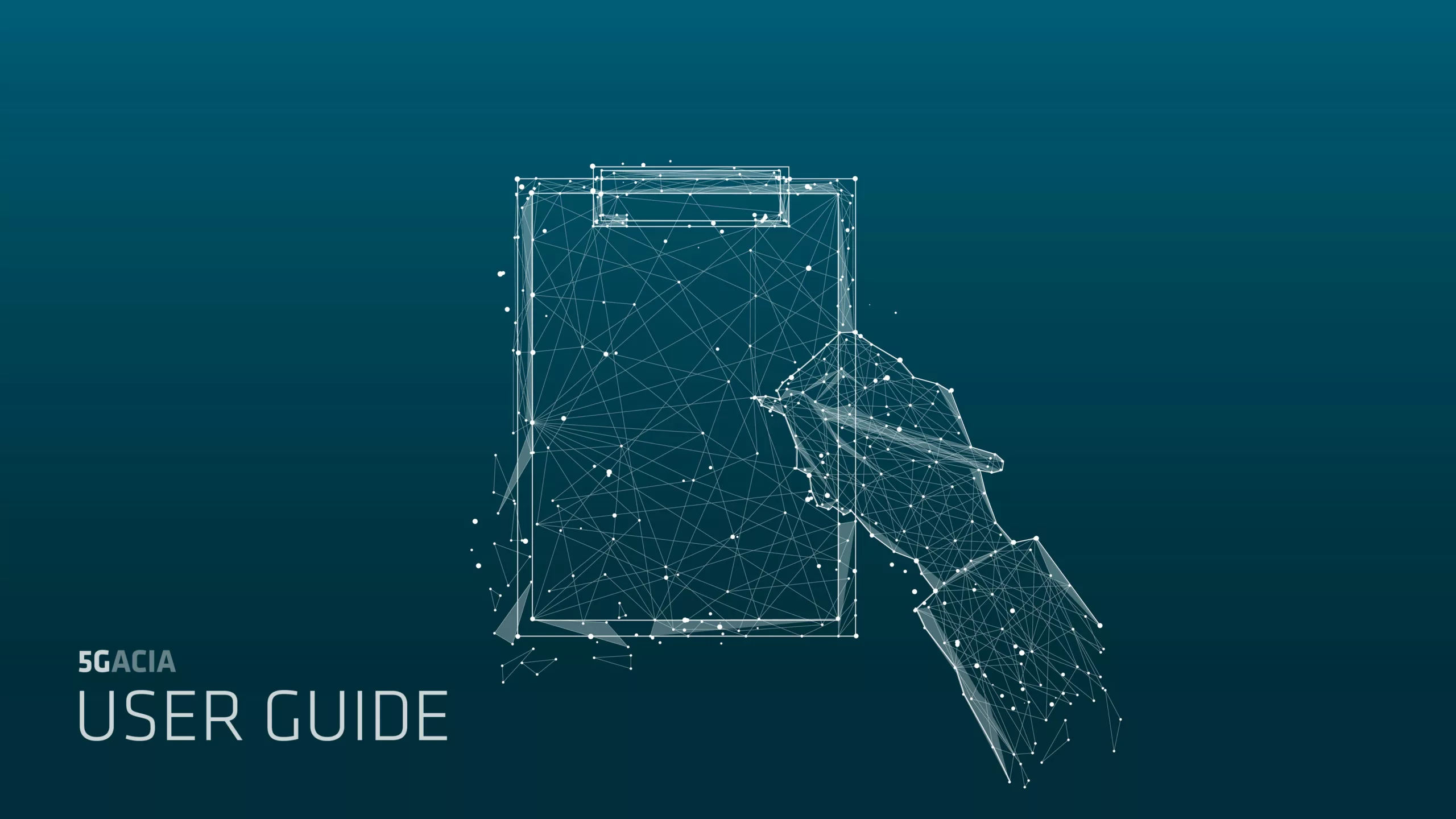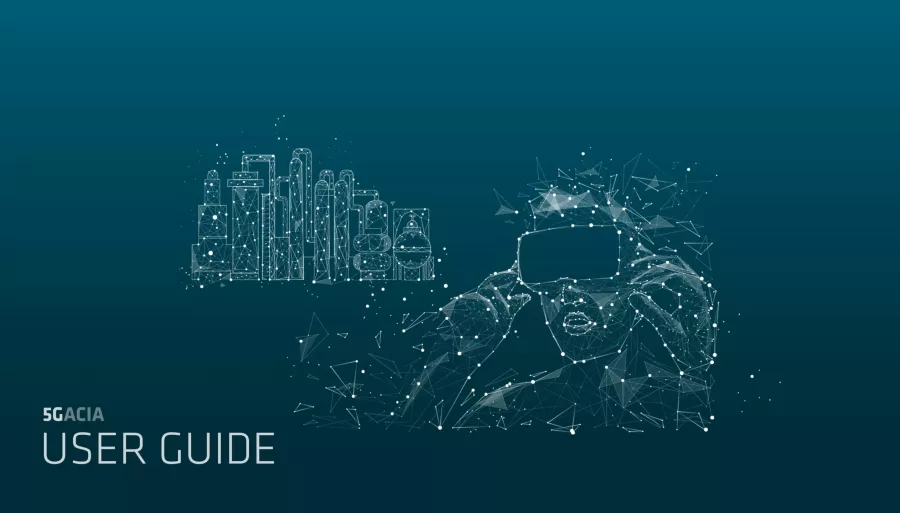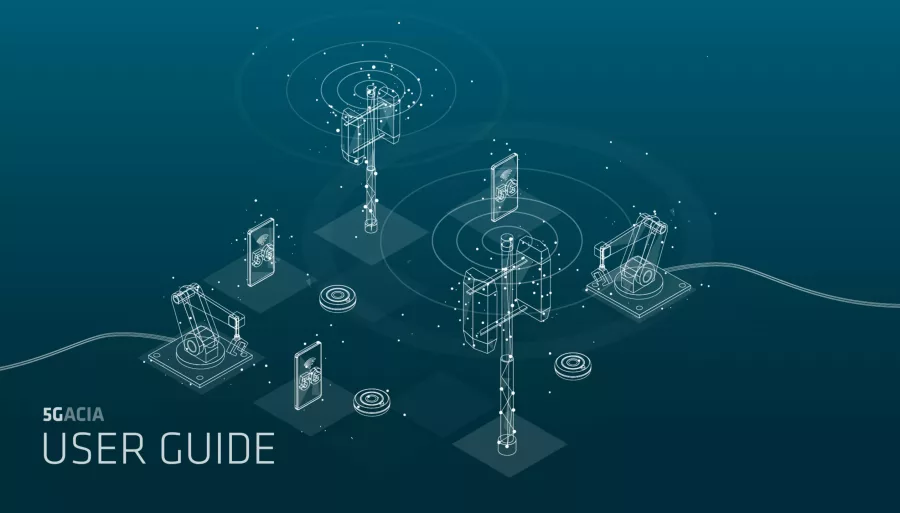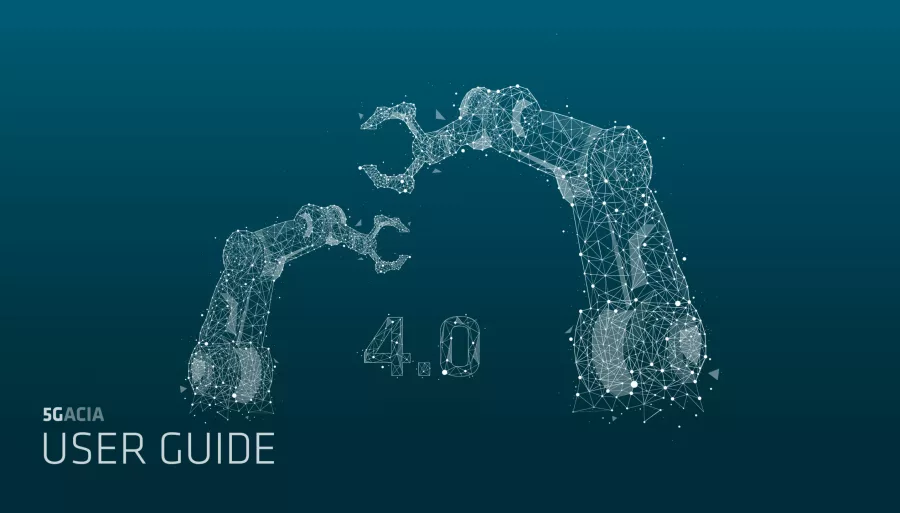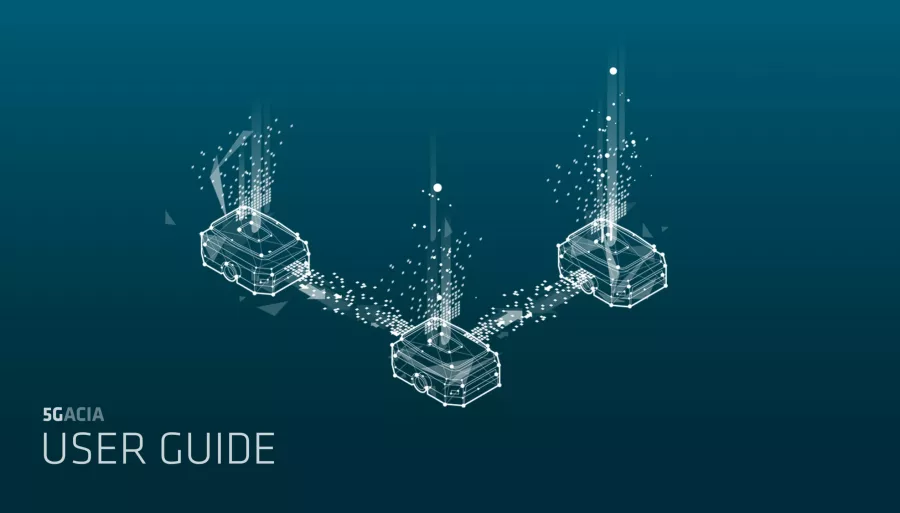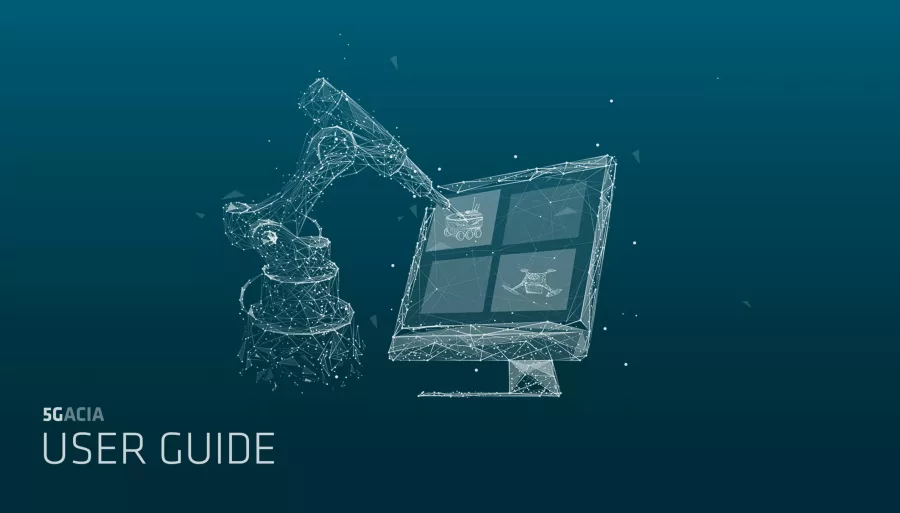In an industrial environment, there are numerous use cases for 5G technology, each with varying spatial extension and real-time requirements. In all these use cases, 5G offers distinct advantages over other wireless technologies, addressing at least one of the key aspects of enhanced mobile broadband (eMBB), ultra-reliable low latency communications (URLLC), or massive machine-type communications (mMTC), which are commonly used to highlight the benefits of 5G. Some general categories of use cases supported by 5G include voice communication, process and production monitoring via sensors or cameras, and the control of processes, means of production, and mobile robots.
One of the key uses of 5G is its ability to support a diverse range of use cases with varying requirements within the same system. Typically, 5G is not deployed for a single use case but to facilitate a wide variety of applications, often through the use of multiple network slices tailored to meet different requirements. For example, a combination of video monitoring, process control, or teleoperation can be seamlessly integrated within the same 5G network.
In terms of spatial extension requirements, use cases can be divided into two categories: local and remote. Local use cases are confined to a specific area and are typically based on a 5G non-public network (NPN). Remote use cases require a combination of (multiple) non-public and/or public 5G networks to enable remote access.
The following subtopics explain several 5G use cases in more detail:
- Connectivity for the factory floor
- Seamless integration of wired and wireless components for motion control
- Local and remote control-to-control communication
- Mobile robots and automated guided vehicles (AGVs)
- Closed-loop control and remote monitoring for process automation
For more in-depth descriptions of these use cases and their requirements, refer to the 5G-ACIA White Paper titled “Key 5G Use Cases and Requirements”.
